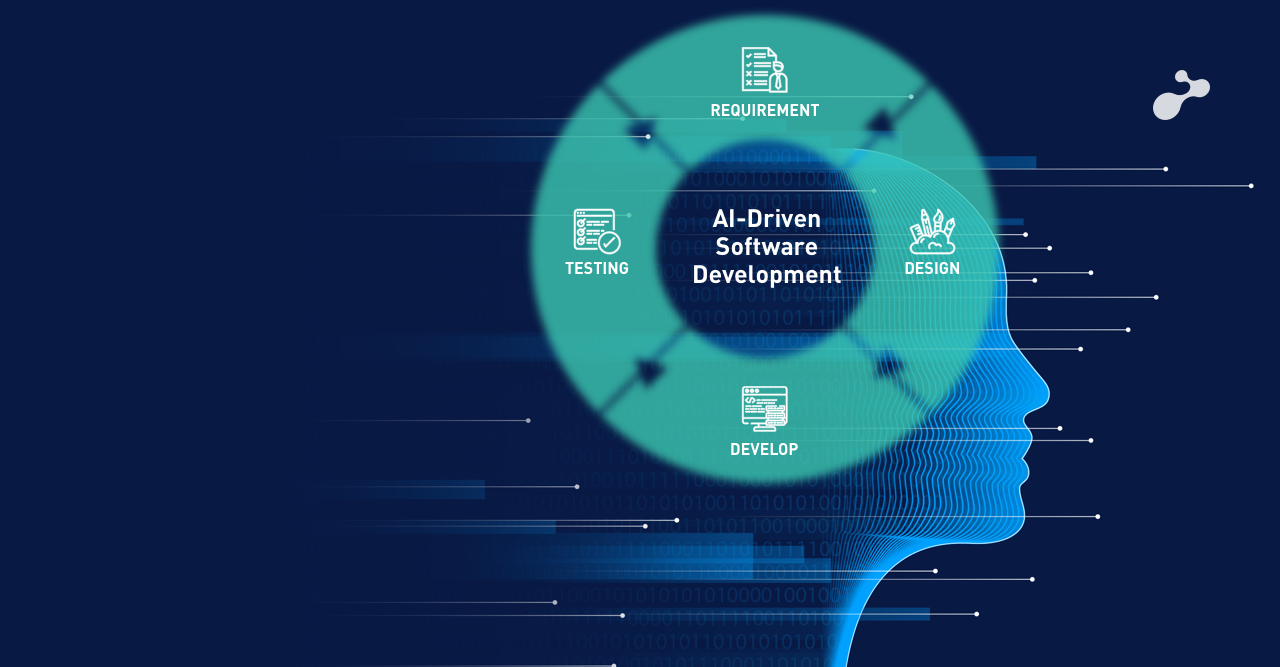Introduction:
The web development landscape is evolving at breakneck speed, with new technologies, frameworks, and methodologies reshaping how we build and interact with the web. As we move deeper into 2025, developers and businesses must stay ahead of the curve to deliver cutting-edge digital experiences.
From AI-powered coding assistants to immersive 3D web environments, this year’s trends are set to redefine efficiency, creativity, and user engagement. Whether you’re a seasoned developer or a tech enthusiast, understanding these trends will help you stay competitive.
Here are 15 explosive web development trends dominating 2025—and trust us, #7 will completely transform your workflow!
AI-Driven Development Takes Center Stage

Artificial Intelligence is no longer just a buzzword—it’s an essential part of the developer’s toolkit. AI-powered tools like GitHub Copilot X and Amazon CodeWhisperer are automating repetitive coding tasks, suggesting optimizations, and even debugging in real time.
In 2025, expect AI to handle up to 40% of boilerplate code, allowing developers to focus on complex problem-solving. Companies like Shopify and Airbnb are already leveraging AI to generate dynamic UI components, reducing development time by 30%.
Expert Insight: “AI won’t replace developers, but developers who use AI will replace those who don’t.”
WebAssembly (WASM) Unlocks Near-Native Performance
WebAssembly continues to revolutionize web performance by enabling near-native execution speeds in browsers. In 2025, we’ll see more desktop-grade applications running entirely in the browser, from video editors to AAA games.
Example: Figma’s switch to WebAssembly reduced load times by 50%, proving its potential for high-performance web apps.
The Rise of No-Code/Low-Code Platforms
No-code tools like Webflow and Bubble are empowering non-developers to build functional websites and apps. In 2025, expect more enterprises to adopt low-code solutions for rapid prototyping and internal tooling.
Case Study: A Fortune 500 company reduced its app development cycle from 6 months to 3 weeks using a low-code platform.
Edge Computing for Faster, More Secure Apps
With data privacy concerns growing, edge computing minimizes latency by processing data closer to users. Cloudflare Workers and AWS Lambda@Edge are leading this shift.
Why it matters: A 20% improvement in load times can increase conversions by 15%.
Voice Search & AI-Powered Chatbots Dominate UX
Voice-enabled interfaces are becoming standard, thanks to advancements in NLP (Natural Language Processing). By 2025, over 50% of searches will be voice-based, pushing developers to optimize for conversational UX.
Example: Starbucks’ voice-ordering system increased mobile orders by 25%.
Web3 & Decentralized Apps (DApps) Go Mainstream

Blockchain-based apps are moving beyond crypto. Expect more decentralized social networks, marketplaces, and identity solutions in 2025.
Trend to Watch: Ethereum’s Layer 2 solutions are making transactions 100x faster and cheaper.
#7: AI-Powered Real-Time Collaboration Tools (Game-Changer!)
This is the trend that will redefine your workflow. Tools like Vercel’s Live Collaboration and CodeSandbox Live enable developers to code together in real-time, with AI suggesting optimizations instantly.
Impact: Teams report a 40% reduction in merge conflicts and faster onboarding for new devs.
3D & Immersive Web Experiences with WebGL
WebGL and Three.js are making interactive 3D websites more accessible. E-commerce brands like Nike now offer virtual product try-ons, boosting engagement by 35%.
JAMstack Architecture for Scalable, Secure Sites
JAMstack (JavaScript, APIs, Markup) continues to dominate due to its speed, security, and scalability. Companies like Netlify and Vercel are pushing this forward.
Example: PayPal saw a 60% improvement in page speed after migrating to JAMstack.
Motion UI for Enhanced Engagement
Micro-interactions and animated transitions keep users engaged. Libraries like Framer Motion and GSAP are making this easier than ever.
Stat: Websites with motion UI see 20% longer session durations.
Privacy-First Development & Zero-Knowledge Proofs
With GDPR and CCPA in full effect, privacy-by-design is non-negotiable. Zero-knowledge proofs (ZKPs) allow authentication without exposing user data.
Example: Brave Browser’s privacy features grew its user base by 200% in two years.
Serverless Architecture for Cost Efficiency
AWS Lambda and Firebase Functions eliminate server management, reducing costs by up to 70% for startups.
Web Accessibility (A11Y) Becomes Standard

WCAG 3.0 guidelines are pushing more inclusive web design. Companies failing to comply face legal risks.
Fact: Accessible websites have 50% broader audience reach.
AI-Generated Content for Dynamic Personalization
GPT-5 and other LLMs enable real-time personalized content, boosting user retention.
Case Study: Spotify’s AI playlists increased engagement by 30%.
Quantum Computing’s Early Web Integration
While still emerging, quantum algorithms are being tested for unbreakable encryption and ultra-fast computations.
Final Thoughts: Adapt or Get Left Behind
2025 is a transformative year for web development, with AI, real-time collaboration, and immersive experiences leading the charge. Developers who embrace these trends will build faster, smarter, and more engaging web apps.
Which trend excites you the most? Let us know in the comments!







